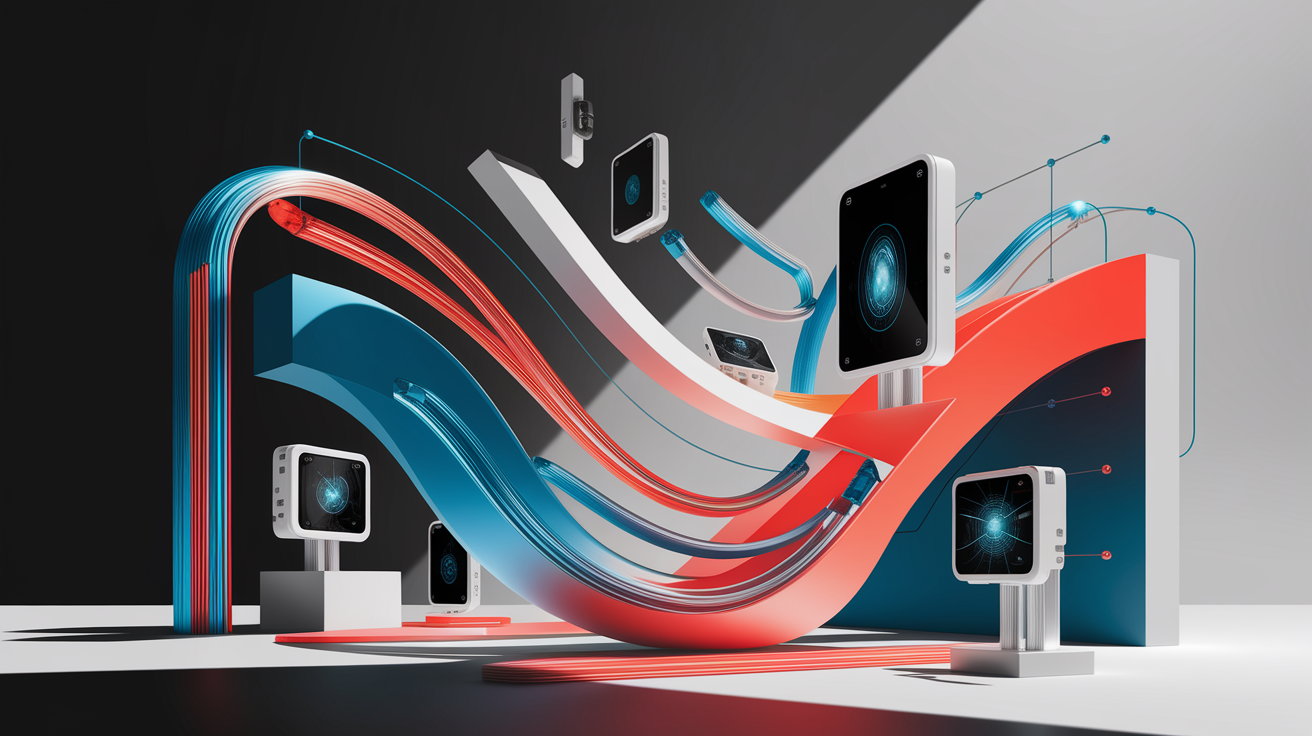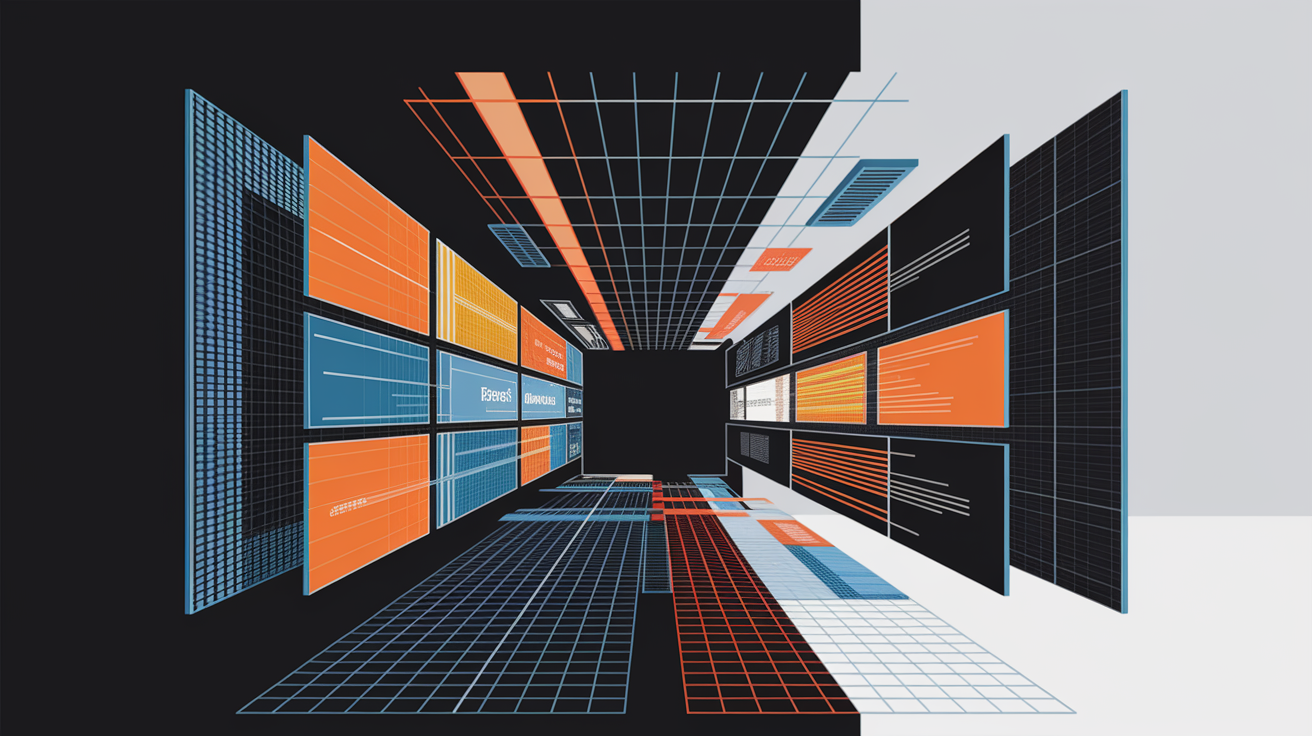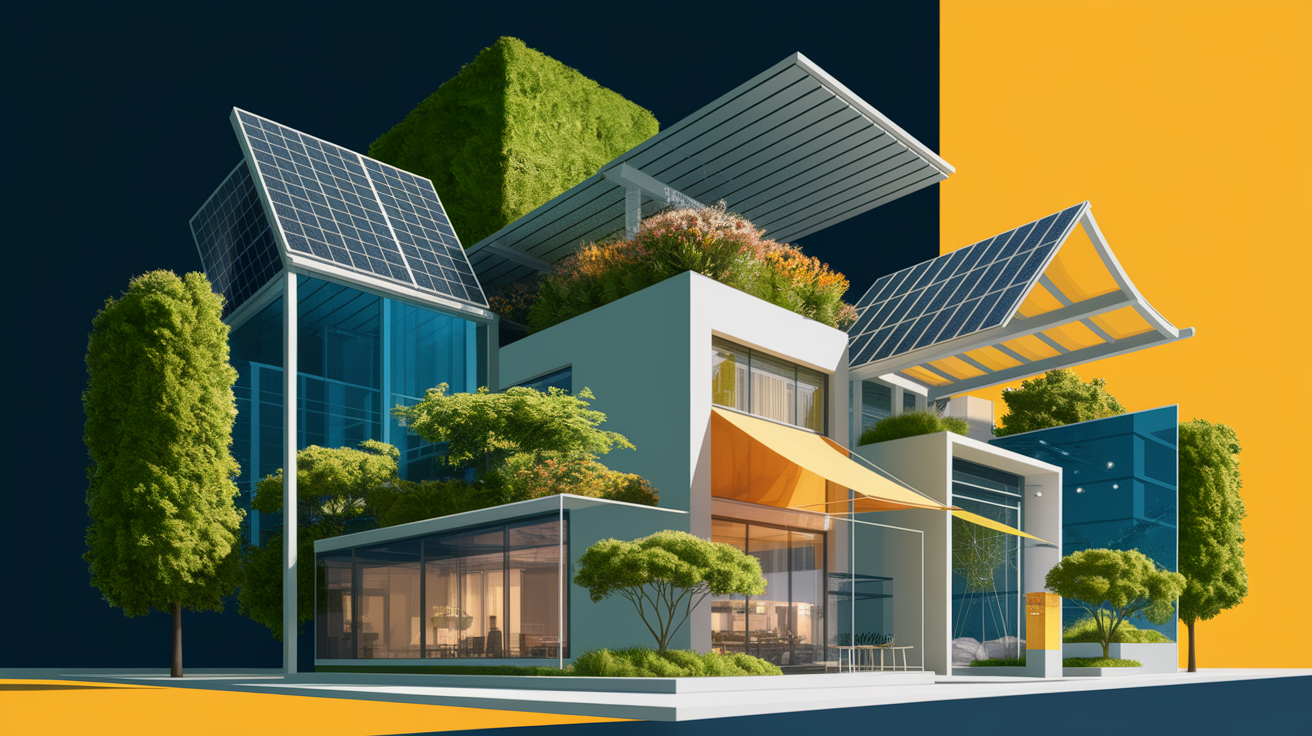Sun Unblocked: Your Guide to Solar Panel Shading Solutions
Solar panel shading represents one of the most significant challenges facing photovoltaic system performance today. Even minimal shade coverage can trigger disproportionate energy losses, making effective shading solutions essential for maximizing your solar investment. Modern technology offers multiple pathways to overcome these obstacles, from advanced hardware solutions to strategic system design approaches that maintain optimal energy output despite challenging conditions.
Bright Beginnings – Why Shading Matters
Understanding the impact of shading and obstructions on solar panel performance requires recognizing that not all shade affects your system equally. Solar panels experience several distinct shading patterns, each creating unique performance challenges.
Soft shading from light clouds or sparse foliage reduces irradiance uniformly across panel surfaces, causing predictable but moderate power losses. Hard shading presents a more severe challenge—complete blockage from chimneys, dense tree branches, or neighboring structures can shut down entire panel strings, creating energy output loss far exceeding the actual shaded area.

Dynamic shading adds complexity through constantly changing shadow patterns. Seasonal foliage changes, moving clouds, and shifting sun angles throughout the day create unpredictable performance variations that standard system designs struggle to accommodate.
The financial impact proves substantial: a single shaded cell can reduce an entire panel’s output by 30-50%, while one shaded panel can compromise an entire string’s performance in traditional series configurations. This cascading effect makes proactive shading solutions essential for residential solar design success.
Optimizing Mounting and Orientation
Strategic panel orientation and mounting decisions form your first line of defense against shading losses. Proper tilt and azimuth adjustments can significantly reduce shade impact from nearby obstacles while maximizing direct sunlight exposure throughout peak production hours.
Sun path analysis reveals optimal positioning strategies for your specific location. Professional installers use Solar Pathfinder devices and sun path charts to map shadow patterns across all seasons, identifying mounting angles that minimize interference from roof obstacles like chimneys, vents, and HVAC equipment.

Mounting height adjustments offer another effective approach. Raising panels above roof-level obstructions using specialized racking systems can eliminate edge shading while maintaining structural integrity. This strategy proves particularly valuable for complex roof geometries where standard flush-mounting creates unavoidable shade patterns.
Panel spacing calculations must balance shade avoidance with available roof area. Increased row spacing reduces inter-row shading but decreases overall system capacity. Advanced modeling software helps determine optimal spacing that maximizes annual energy production rather than peak capacity alone.
Strategic Layout and Panel Configuration
Intelligent photovoltaic array design minimizes shading impact through careful module placement and electrical configuration. Strategic stringing arrangements prevent shaded modules from compromising unshaded sections of your PV system.
Parallel string configurations isolate shading effects by connecting potentially shaded panels in separate strings. When shade affects one string, parallel-connected strings continue operating at full capacity, maintaining overall system performance. This approach works particularly well for roofs with predictable shading patterns from trees or neighboring structures.

Module-level design considerations include:
- Grouping panels with similar shading exposure into dedicated strings
- Positioning shade-prone panels where Module-Level Power Electronics (MLPE) can provide maximum benefit
- Creating redundant pathways for electrical current flow around shaded areas
- Implementing bypass routing that maintains power flow during partial shading events
Advanced shade analysis tools enable precise layout optimization. Professional-grade software simulates shading patterns throughout the year, accounting for seasonal sun angle changes and vegetation growth patterns. This data-driven approach ensures your solar array layout maximizes energy production under real-world conditions.
Shading Mitigation Technologies
Modern hardware solutions provide robust protection against shading losses through innovative electrical and mechanical designs. MLPE devices including DC optimizers and microinverters represent the most effective technological approaches to shade tolerance.
Microinverters attach directly to individual panels, converting DC to AC at the module level. Companies like Enphase have perfected this technology to ensure each panel operates independently. When shade affects one panel, others continue producing at full capacity without performance degradation.
Power optimizers from manufacturers like SolarEdge provide similar benefits while maintaining centralized string inverter architecture. These devices perform Maximum Power Point Tracking (MPPT) at the panel level, continuously adjusting operating parameters to extract maximum available power even under partial shading conditions.

Bypass diodes integrated within solar panels offer fundamental protection by allowing electrical current to circumvent shaded cells. Half-cell solar module technology enhances this protection by splitting standard cells in half, reducing the impact when portions of a panel experience shade.
Advanced inverter technology incorporates sophisticated MPPT algorithms that adapt to changing shading conditions in real-time. Multi-string inverters can optimize different sections of your array independently, providing cost-effective shade tolerance for larger residential installations.
On-Site and Maintenance Solutions
Proactive maintenance and site management strategies complement hardware solutions to ensure sustained performance despite shading challenges. Regular monitoring identifies developing shade issues before they significantly impact energy production.
Vegetation management requires ongoing attention, particularly for systems near mature trees. Strategic tree trimming maintains clearances while preserving landscape aesthetics. Professional arborists can identify specific branches causing shade without compromising tree health or property values.
Cleaning protocols address uniform shading from dirt, debris, or snow accumulation. Regular panel cleaning maintains optimal light transmission, while proper drainage design prevents water pooling that creates temporary shading effects.
Performance monitoring systems provide real-time shade impact assessment. Module-level monitoring capabilities identify specific panels experiencing shading losses, enabling targeted maintenance interventions.
Seasonal adjustments may include:
- Adjusting tilt angles on ground-mounted systems to optimize for changing sun angles
- Scheduling vegetation maintenance before peak production seasons
- Installing temporary shade screens during construction or landscaping activities
- Monitoring and addressing new shade sources as they develop
Sunshine Secured – Conclusion
Effective solar panel shading solutions combine strategic design, advanced technology, and proactive maintenance to maximize energy production despite challenging site conditions. Whether you’re dealing with tree shading, roof obstacles, or complex architectural features, modern MLPE technologies and intelligent system design can maintain strong solar panel efficiency.
The key lies in matching the right combination of solutions to your specific shading challenges. Microinverters and power optimizers excel for heavily shaded installations, while strategic layout and bypass diode technology provide cost-effective protection for sites with minimal shading concerns. Professional shade analysis ensures your investment delivers optimal returns regardless of site complexity.






